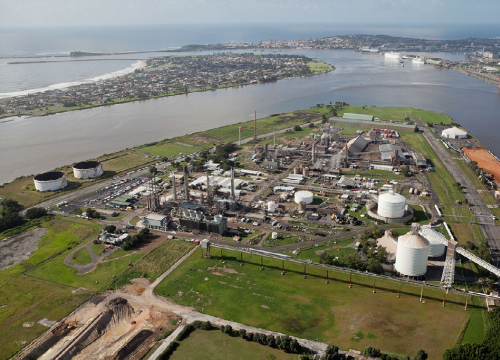
Two major players in the energy and chemical sectors are joining forces on a hydrogen hub proposed for the Hunter.
Orica and Origin have signed a Memorandum of Understanding to conduct a feasibility study into the viability of a green hydrogen production facility, ‘Hunter Valley Hydrogen Hub’ and what benefits that will have for the region.
The study will include looking into the ways green hydrogen could be used including the supply of hydrogen for heavy industry and transport, conversion into green ammonia at Orica’s existing Kooragang Island manufacturing facility, blending hydrogen into natural gas pipelines, and the potential to stimulate Australia’s hydrogen export industry.
The proposed hub would produce green hydrogen from recycled water sources and renewable electricity, using a grid connected 55MW electrolyser.
Orica has been operating their Kooragang Island site for over 50 years and Chief Executive Officer Sanjeev Gandhi said they are committed to ensuring their facility and Newcastle remains competitive in a low carbon economy.
“We support both the Federal and New South Wales Hydrogen Strategies, and this partnership will allow us to define opportunities and ways we can contribute to a more sustainable future for the region.
“This partnership aligns with our corporate strategy and our ambition to achieve net zero emissions by 2050, and our target to reduce our scope 1 and 2 operational emissions by at least 40 per cent by 2030. By partnering for progress, we can drive sustainable change and achieve our decarbonisation ambitions, together.”
“The project builds on several initiatives to enhance the long-term sustainability of the site, including the recently announced Kooragang Island Decarbonisation Project and planned installation of an Australian first tertiary catalyst abatement technology for decarbonisation of nitric acid production. The $37 million project is designed to deliver up to 95 per cent abatement efficiency from unabated levels, reducing the site’s total greenhouse gas emissions by almost 50 per cent.”
Image credit: Orica

